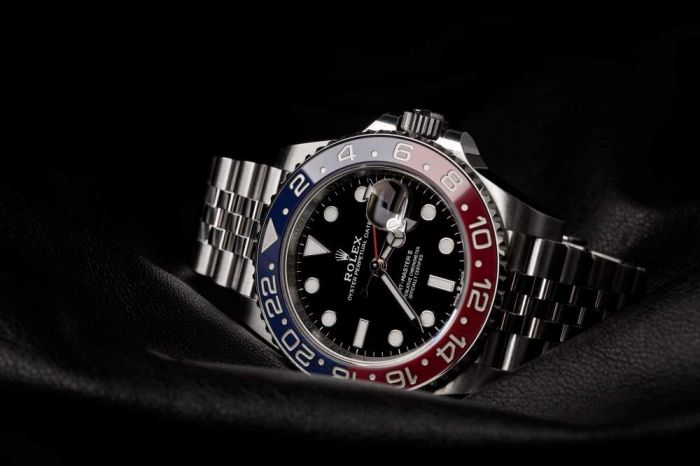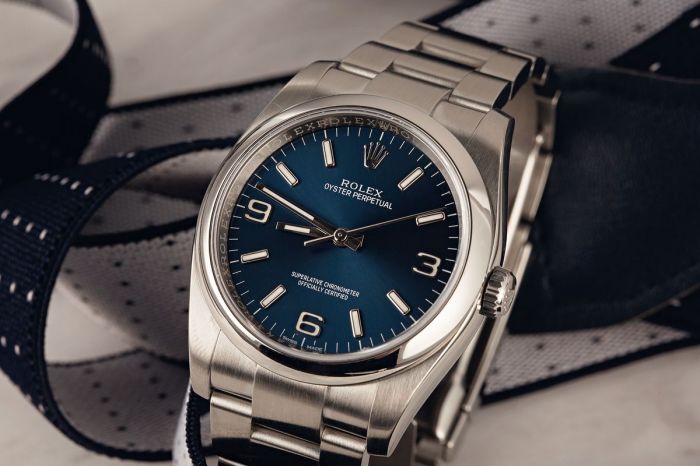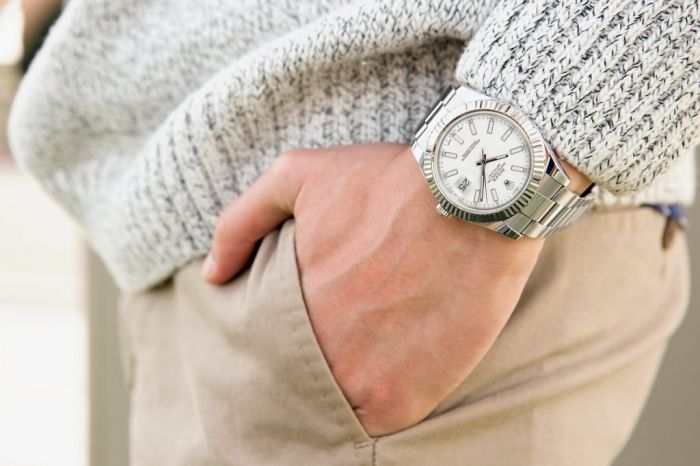
In an age when watch collecting has evolved from hobby to high finance, Bob’s Watches has just dropped a first-of-its-kind report that charts 15 years of actual Rolex sales data—offering an unfiltered view into the real market value of the world’s most sought-after luxury timepieces. Since 2010, the average Rolex price sold through the platform has skyrocketed from $2,050 to a stunning $13,426—an increase of over 550%. This is not a theoretical appraisal based on asking prices; this is about what buyers actually paid. “Our database reflects where the market truly is, not where people wish it was,” says Paul Altieri, Founder and CEO of Bob’s Watches.

The report reveals a Rolex market that’s anything but stable. The years between 2020 and 2022 saw what Altieri describes as “mania,” with prices peaking at $17,206 before falling sharply in 2022. Even after a dramatic correction, Rolex values remain historically elevated. Collections like the Datejust, known for their classic styling and wide appeal, surged by over 760% at their peak. While the collection has dipped slightly from its high, its long-term appreciation still stands at an impressive 639%. “The days of the $1,500 Datejust are gone,” Altieri adds. “Even entry-level models are now investment-grade.”

Among the sportier models, the Submariner and Daytona have shown the most resilience and drama, respectively. The Submariner—beloved for its iconic dive watch design—peaked near $19,000 and remains just 8% below that figure today. The Daytona, on the other hand, had one of the wildest price arcs in the data: hitting a jaw-dropping $53,911 in March 2022 before falling by half and then rebounding to nearly $38,000. “The Daytona market defied all logic during the COVID era,” Altieri notes. “Our data shows buyers were willing to pay any price for ceramic bezel stainless steel models.”
The report also tracks the rise of underdog collections. The Oyster Perpetual, once considered an entry-level piece, transformed into a collector favorite—its colorful “Stella-inspired” dials igniting demand and lifting its average price by over 470%. Even the GMT-Master II, known for its dual-time functionality and stylish “Pepsi” and “Batman” bezels, saw a staggering 506% appreciation since 2010, leading all collections in total percentage gain. “What this shows is that every Rolex, not just the trophy models, has become part of a broader cultural shift,” Altieri explains. “Watches are no longer just fashion—they’re financial instruments.”

At a time when people are looking for stable, tangible investments, Rolex has carved out a unique space where heritage, style, and returns meet. Whether you're a seasoned collector or just exploring your first purchase, the data from Bob’s Watches offers a powerful reality check: Rolex isn’t just holding its value—it’s redefining what luxury assets can look like in the 21st century. As Altieri puts it, “The numbers don’t lie. A Rolex isn’t just a watch—it’s history on your wrist, and in many cases, equity too.”









